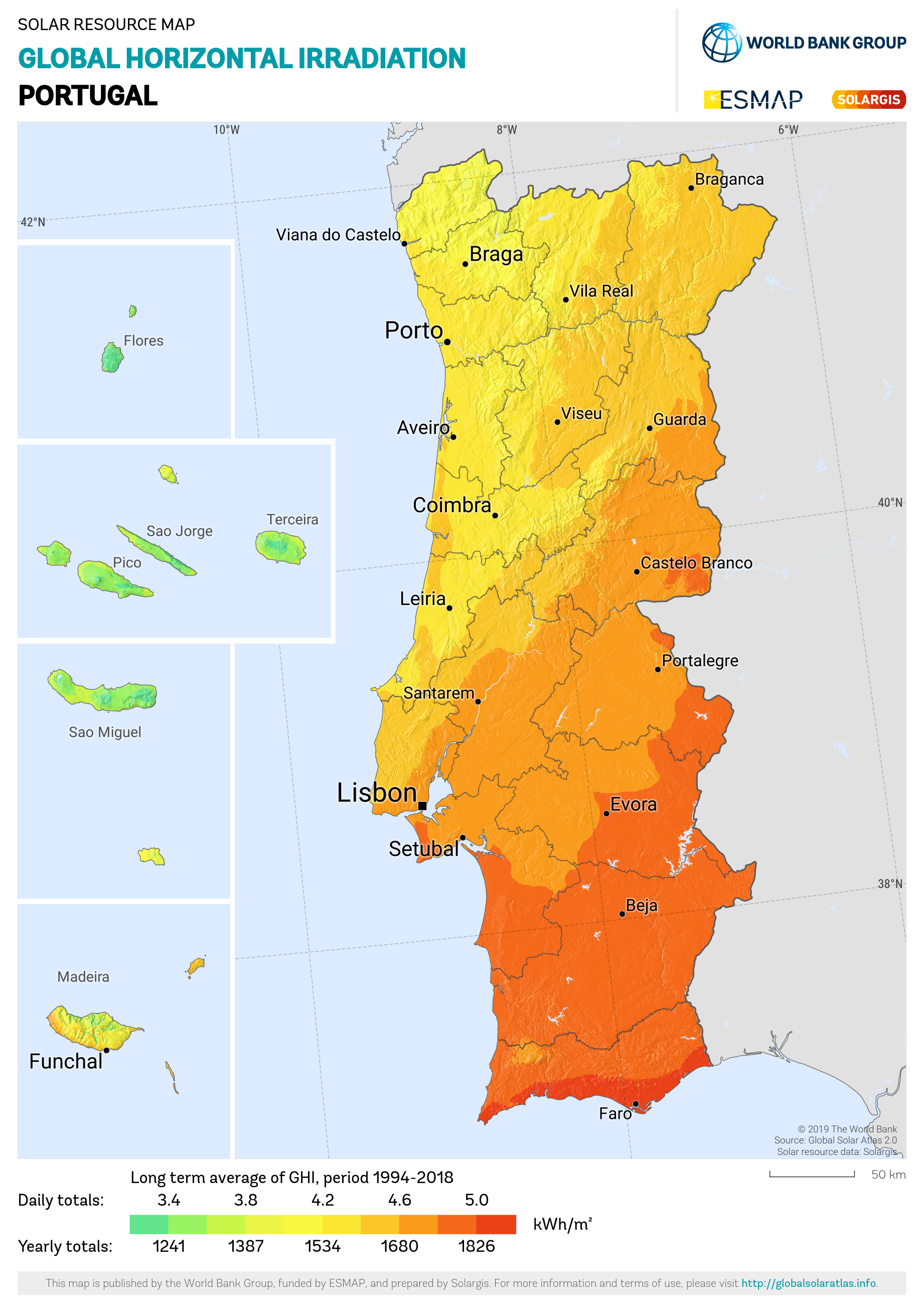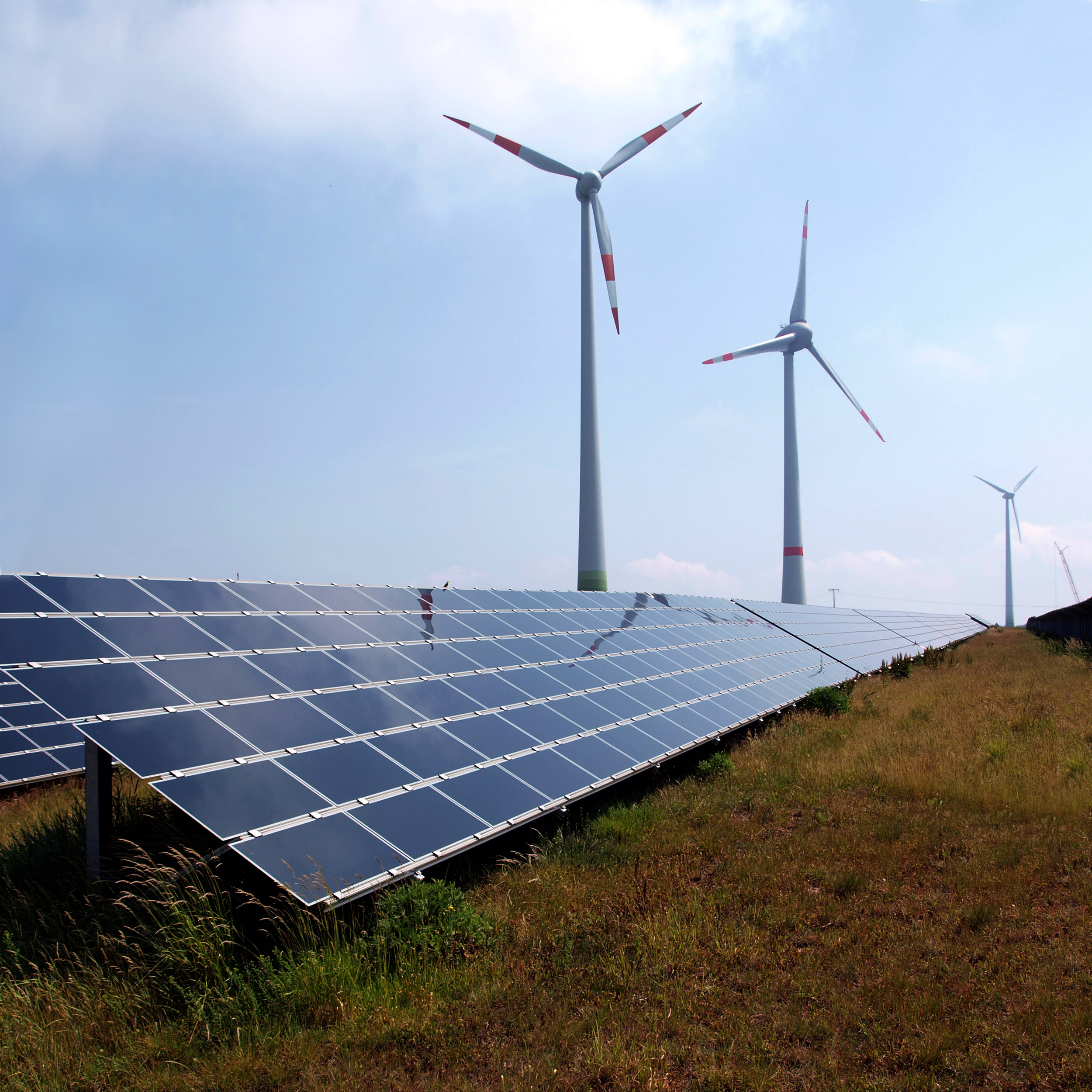|
Geothermal Power In Portugal
Portugal is a producer of geothermal power, and their main investment is in the Azores. While electricity is only produced on São Miguel, Azores, direct-use applications are also at Chaves in northern Portugal, and at S. Pedro do Sul in central Portugal and at the Lisbon Air Force Hospital. Azores In the Azores, five geothermal power plants exist on São Miguel, one near Pico Vermelho (since 1981, 3,5 GWh in 2003) and four binary cycle power plants in Ribeira Grande (85,4 GWh in 2003) which have together an installed capacity of 16 MWe. Another one on Terceira (12 MWe). In 2003, 25% of the electricity consumed on São Miguel was produced by geothermal energy. In 2001, the geothermal energy contribution reached 35%. See also *Renewable energy in Portugal *Wind power in Portugal *Solar power in Portugal *List of renewable energy topics by country *Renewable energy in the European Union Renewable energy plays an important and growing role in the energy system of the Europe ... [...More Info...] [...Related Items...] OR: [Wikipedia] [Google] [Baidu] |
Portugal
Portugal, officially the Portuguese Republic, In recognized minority languages of Portugal: :* mwl, República Pertuesa is a country located on the Iberian Peninsula, in Southwestern Europe, and whose territory also includes the Macaronesian archipelagos of the Azores and Madeira. It features the westernmost point in continental Europe, its mainland west and south border with the North Atlantic Ocean and in the north and east, the Portugal-Spain border, constitutes the longest uninterrupted border-line in the European Union. Its archipelagos form two autonomous regions with their own regional governments. On the mainland, Alentejo region occupies the biggest area but is one of the least densely populated regions of Europe. Lisbon is the capital and largest city by population, being also the main spot for tourists alongside Porto, the Algarve and Madeira. One of the oldest countries in Europe, its territory has been continuously settled and fought over since prehistoric tim ... [...More Info...] [...Related Items...] OR: [Wikipedia] [Google] [Baidu] |
Azores
) , motto= ( en, "Rather die free than subjected in peace") , anthem=( en, "Anthem of the Azores") , image_map=Locator_map_of_Azores_in_EU.svg , map_alt=Location of the Azores within the European Union , map_caption=Location of the Azores within the European Union , coordinates = , subdivision_type = Country , subdivision_name = , established_title=Settlement , established_date=1432 , established_title3=Autonomous status , established_date3=30 April 1976 , official_languages= Portuguese , demonym= ( en, Azorean) , capital_type=Capitals , capital = Ponta Delgada (executive) Angra do Heroísmo (judicial)Horta (legislative) , largest_city = Ponta Delgada , government_type= Autonomous Region , leader_title1=Representative of the Republic , leader_name1=Pedro Manuel dos Reis Alves Catarino , leader_title2= President of the Legislative Assembly , leader_name2= Luís Garcia , leader_title3= President of the Regional Government , le ... [...More Info...] [...Related Items...] OR: [Wikipedia] [Google] [Baidu] |
São Miguel Island
São Miguel Island (; Portuguese for "Saint Michael"), nicknamed "The Green Island" (''Ilha Verde''), is the largest and most populous island in the Portuguese archipelago of the Azores. The island covers and has around 140,000 inhabitants, with 45,000 people residing in Ponta Delgada, the archipelago's largest city. History In 1427, São Miguel became the second of the islands discovered by Gonçalo Velho Cabral to be settled by colonists from continental Portugal. This date is uncertain, as it is believed that the island was discovered between 1426 and 1437 and inscribed in portolans from the middle of the 15th century. Its discovery was later recorded by Father Gaspar Frutuoso in the seminal history of the Azores, ''Saudades da Terra'', as he began: "This island of São Miguel where...we are, is mountainous and covered in ravines, and it was, when we discovered it, covered in trees...due to its humidity, with its water showers and ravines warm with sun..." It was sometime ... [...More Info...] [...Related Items...] OR: [Wikipedia] [Google] [Baidu] |
Geothermal Energy
Geothermal energy is the thermal energy in the Earth's crust which originates from the formation of the planet and from radioactive decay of materials in currently uncertain but possibly roughly equal proportions. The high temperature and pressure in Earth's interior cause some rock to melt and solid mantle to behave plastically. This results in parts of the mantle convecting upward since it is lighter than the surrounding rock. Temperatures at the core–mantle boundary can reach over 4000 °C (7200 °F). Geothermal heating, using water from hot springs, for example, has been used for bathing since Paleolithic times and for space heating since ancient Roman times. More recently geothermal power, the term used for generation of electricity from geothermal energy, has gained in importance. It is estimated that the earth's geothermal resources are theoretically more than adequate to supply humanity's energy needs, although only a very small fraction is currently be ... [...More Info...] [...Related Items...] OR: [Wikipedia] [Google] [Baidu] |
Terceira
Terceira () is a volcanic island in the Azores archipelago, in the middle of the North Atlantic Ocean. It is one of the larger islands of the archipelago, with a population of 53,311 inhabitants in an area of approximately . It is the location of the Azores' oldest city, Angra do Heroísmo, the historical capital of the archipelago and UNESCO World Heritage Site; the seat of the judicial system (Supreme Court); and the main Air Force base, Base Aérea nº 4 at Lajes, with a United States Air Force detachment. The island has two main sea ports, one at Angra do Heroísmo and the other at Praia da Vitória, and a commercial airport integrated with the flight operations at Base Aérea nº 4. The Portuguese bullfight is popular on the island, coming in two variations: the traditional equestrian bullfight (in the ring) and the popular " touradas à corda" that occur in the streets. History In 1439, the first official discovery document appeared, attributing the discovery of the ... [...More Info...] [...Related Items...] OR: [Wikipedia] [Google] [Baidu] |
Renewable Energy In Portugal
Renewable energy in Portugal was the source for 25.7% of total energy consumption in 2013. In 2014, 27% of Portugal's energy needs were supplied by renewable sources. In 2016, 28% of final energy consumption in Portugal came from renewable sources. Portugal aims to be climate neutral by 2050 and to cover 80% of its electricity consumption with renewables by 2030. In 2018, Portugal committed to close all of the country's coal producing facilities by 2030, making it almost completely reliant on renewable energy in the coming years. As of 2019, coal still provided 40% of Portugal's electricity needs. The last Portuguese coal power plant closed on 19 November 2021. Development In 2001, the Portuguese government launched a new energy policy instrument – the E4 Programme (Energy efficiency and Endogenous Energies), consisting of a set of multiple, diversified measures aimed at promoting a consistent, integrated approach to energy supply and demand. By promoting energy efficiency a ... [...More Info...] [...Related Items...] OR: [Wikipedia] [Google] [Baidu] |
Wind Power In Portugal
Wind power is a major source of electricity in Portugal. At the end of 2020, wind power capacity in Continental Portugal was 5,456 MW. In 2020, wind power represented 23.7% of total electricity generation. The record of wind power generation was achieved on November 22, 2019 with 103.1 GWh produced Regional trends Most of the Portuguese wind capacity is located in the north-northeast ''distritos''. Viseu is the ''distrito'' with the largest installed capacity, followed by Coimbra, Vila Real and Castelo Branco. Major wind farms The 240 MW Alto Minho Wind Farm in the Viana do Castelo district became fully operational in November, 2008 when Portugal's Economy Minister Manuel Pinho inaugurated it. At the time of completion it was Europe's largest on-shore wind farm. The wind farm began generating electricity in 2007, with production increasing as more wind turbines came online, reflecting the modular nature of wind farms. The wind farm consists of 68 Enercon E-82 2MW wind turb ... [...More Info...] [...Related Items...] OR: [Wikipedia] [Google] [Baidu] |
Solar Power In Portugal
Solar power is a growing source in the Portuguese energy mix. At the end of 2020, solar power installed capacity totalled 1.03 GW and represented 3.6% of total power generation in 2020. Portugal has set a goal of between 8.1 GW and 9.9 GW in installed capacity by 2030. Photovoltaic Plants The Serpa solar power plant is an 11 megawatt plant covered and employs 52,000 PV panels. The panels are raised 2 meters off the ground thus allowing grazing to continue. The plant provides enough energy for 8,000 homes and saves an estimated 30,000 tonnes of carbon dioxide emissions per year. On 9 October 2021, the largest solar power plant in Portugal was inaugurated in Alcoutim. With an installed capacity of 219 MW, the power plant has 661,500 solar panels and can power the needs of 200,000 homes. It occupies an area of 320 hectares and will prevent the emission of 326,000 tons of carbon dioxide every year. It surpassed the 62 MW Moura Photovoltaic Power Station. Recent and future aucti ... [...More Info...] [...Related Items...] OR: [Wikipedia] [Google] [Baidu] |
List Of Renewable Energy Topics By Country
This is a list of renewable energy topics by country and territory. These links can be used to compare developments in renewable energy in different countries and territories and to help and encourage new writers to participate in writing about developments in their own countries or countries of interest. The list refers to renewable energy in general, as well as solar power, wind power, geothermal energy, biofuel, and hydro-electricity. As of 2013, China, Germany, and Japan, and India, four of the world's largest economies generate more electricity from renewables than from nuclear power. Based on REN21's 2014 report, renewables supplied 19% of humans' global energy consumption. This energy consumption is divided as 9% coming from traditional biomass, 4.2% as heat energy (non-biomass), 3.8% hydro electricity and 2% is electricity from wind, solar, geothermal, and biomass. China is the world's largest producer of hydroelectricity, followed by Canada, Brazil, India, U.S an ... [...More Info...] [...Related Items...] OR: [Wikipedia] [Google] [Baidu] |
Renewable Energy In The European Union
Renewable energy plays an important and growing role in the energy system of the European Union. The Europe 2020 strategy included a target of reaching 20% of gross final energy consumption from renewable sources by 2020, and at least 32% by 2030.Share of renewables in energy consumption in the EU reached 18% in 2018 Eurostat News Release, 23 January 2020. The EU27 reached 22% in 2020, up from 9.6% in 2004. These figures are based on energy use in all its forms across all three main sectors, the heating and cooling sector, the electricity sector, and the transport sector. The main source of renewable energy in 2019 was biomass (57.4% of gross energy consumption). In particular, wood is the leadin ... [...More Info...] [...Related Items...] OR: [Wikipedia] [Google] [Baidu] |




